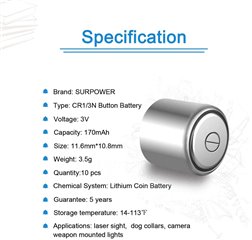Other Parts Discussed in Thread: TPS7A03, TPS7A02
Hi,
I am using two cells in series(data given in the attached picture). I need 3.3V output with a minimal number of components due to tight space. The circuit is very simple. An MCU and three LEDs control with mosfet.
I selected REG102NA-3.3/3K but I need the following information.
Do I need an output capacitor?
What is the function of the NR pin? Should I leave it unconnected?


